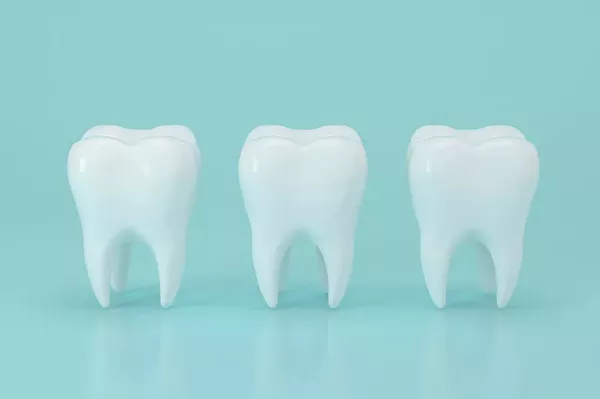For many individuals, the mere mention of “wisdom teeth” elicits memories of sore jaws, pulsating pain, and diets consisting of soft foods. But what lies behind these notorious late-blooming teeth, and what sparks the substantial discomfort they often bring?
Let’s delve into the scientific intricacies that underlie the pain associated with wisdom teeth and unravel the mystery surrounding their emergence.
Understanding Wisdom Teeth:
Wisdom teeth, scientifically termed third molars, represent the final set of teeth to develop and emerge in the oral cavity. According to the Cleveland Clinic, these teeth typically make their appearance between the ages of 17 to 25—a period traditionally linked to the onset of maturity and the attainment of “wisdom,” hence the nomenclature.
In the ancestral context, wisdom teeth played a crucial role. Given the coarse diets consisting of raw plant material and meat, teeth would frequently experience wear and tear or fall out. The additional molars positioned at the back of the mouth served to distribute the load during the grinding down of food.
However, with the evolution of human diets and lifestyles, so too have our jaws transformed. The introduction of cooking and food processing has led to a reduction in jaw size over time. Consequently, for many contemporary humans, the available space in our mouths is insufficient for the proper growth of wisdom teeth, resulting in potential complications.































